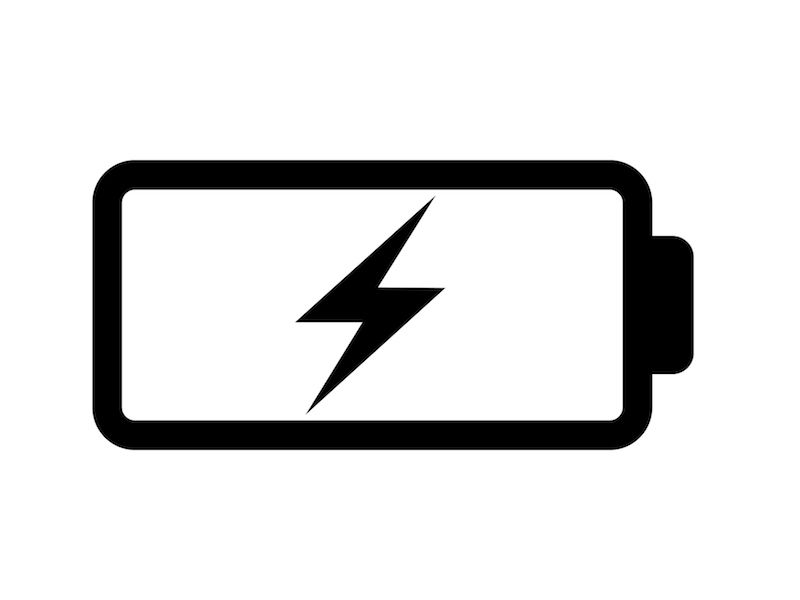
Worrying about running low on batteries is something you shouldn’t have to do with rechargeable hearing aids, but when you rely on this technology, it might make you slightly anxious. Do rechargeable hearing aids work as well as advertised or do they even work at all?
The stress is understandable and so are the question you may have. A hearing aid is often as important for the enjoyment of a tv show or a movie as it is for a trip to the supermarket or any other part of everyday life. When a piece of technology impacts so many areas of your life, it’s important that it functions properly and dependably.
How Do I Know What Kind of Battery I Have?
By default, most contemporary hearing aids come with rechargeable batteries, so if you got your hearing aids recently it’s likely that your hearing aids will have one of two battery types. Silver-zinc batteries, which can usually be distinguished by a battery door on the device, are rechargeable, but every now and then they have to be replaced. A Lithium-ion battery, however, will last throughout the life-cycle of the hearing device and, as such, those devices will not have that distinguishing battery door.
Rechargeable Hearing Aids Need Special Care
For the most part, rechargeable hearing aids do work, and they work well. As battery technology has advanced in the last several years, the dependability of these devices has increased considerably. In order to increase dependability, however, there are a few maintenance measures users can take as they would with any other electronic device.
- Be Mindful of Wires: Either the hearing aid itself or the charging station will have some kind of wire element on most hearing aids. Most hearing aid users are counseled to be careful of these wires; do not pull or hold your device by these wires as this can damage the connections that allow your hearing aid to charge.
- Keep Your Hearing Aids Clean and Dry: Your hearing aids will collect debris, dust, and moisture regardless of how often you use them. Your hearing aid might not thoroughly charge if it is exposed to any of these three things. When connecting your hearing aid to your charging station, as with any other time, it’s important to keep your device clean.
- The Charging Station is Where Your Hearing Aids Should be Stored: If you consistently store your rechargeable hearing aids on their recharging station you can increase the life of your battery. Charging a battery that is not completely drained does not reduce long-term battery life. In fact, ensuring that your hearing aids are charging when you’re not using them can actually maximize your long-term battery life. For lots of people, placing their charging station next to their bed is a simple reminder to charge the devices when it’s not in use.
How to Replace a Rechargeable Battery
If you have lithium-ion batteries, they should last as long as your device does. As a result, you shouldn’t have to worry about replacing those batteries. Your hearing aids can then be simply charged as long as needed.
Hearing aids that depend on silver-zinc batteries, however, might need new batteries periodically. Switching batteries in the correct way can help increase the lifespan of your hearing aids. Because of this, hearing experts suggest the following:
- Don’t remove any plastic tabs or packaging until you’re ready to use batteries.
- Make certain you have a dry, room temperature place to keep your batteries.
- Confirm that your battery compartment is free of moisture and clean.
- Before changing batteries, make sure you wash your hands.
- Let the batteries sit out at room temperature for at least five minutes before taking off any tabs that might be attached.
Non-Use For Long Periods
Keeping your hearing aids on the charger for extended periods of time is no longer the way to store your hearing aids. If, for instance, you know that you will not be using your hearing aids for several weeks or months, you can just unplug the charger and put your hearing aids in a cool and dry place.
If your hearing aids utilize silver-zinc batteries, you may also consider leaving the battery door open so that you can prevent moisture from corroding your batteries.
Rechargeable for Everyday Use
For most individuals, and for day to day use, charging your hearing aids once a day should be enough for all of your requirements. A lithium-ion battery, as an example, will typically require just 3-4 hours to charge sufficient battery power for a 24 hour period.
Do rechargeable hearing aids work? Not only do they work, but rechargeable hearing aids will likely become more and more common and dependable as the technology continues to develop. To see all the different models, contact your local hearing aid retailer.